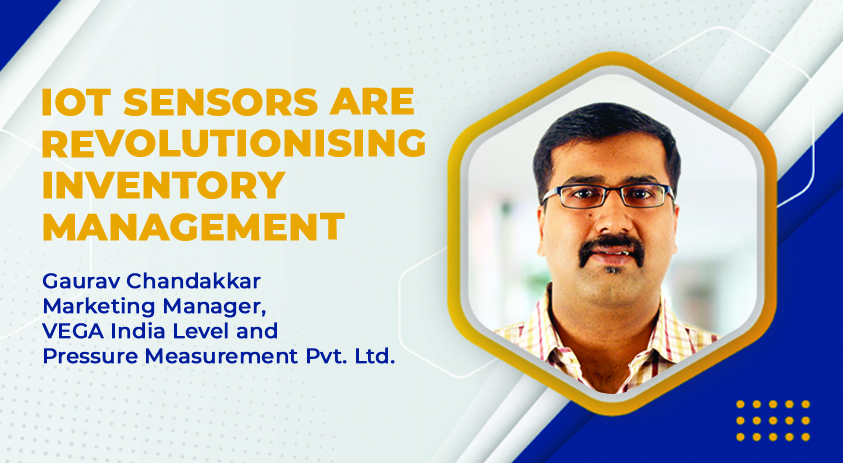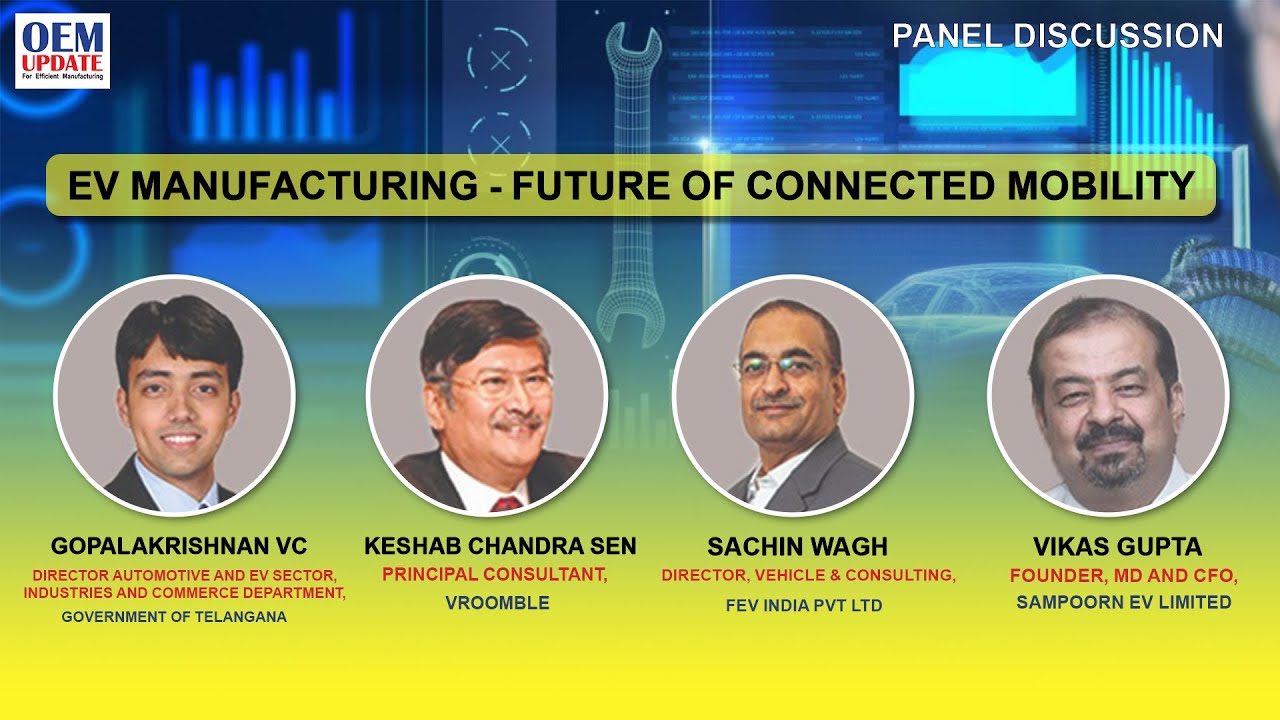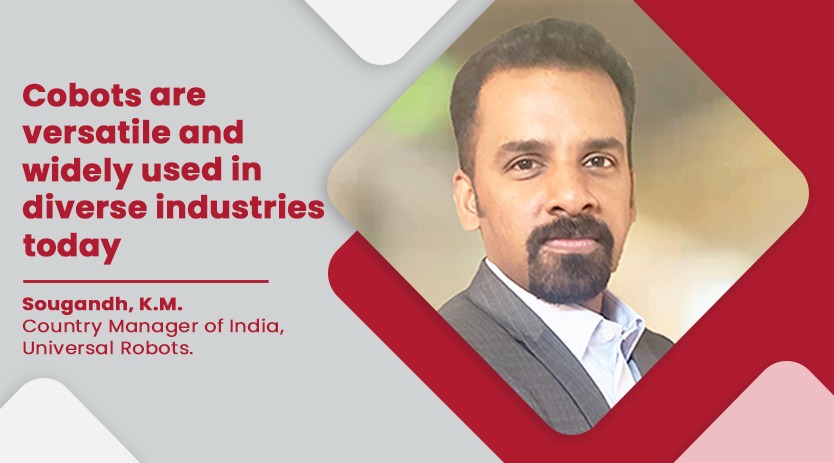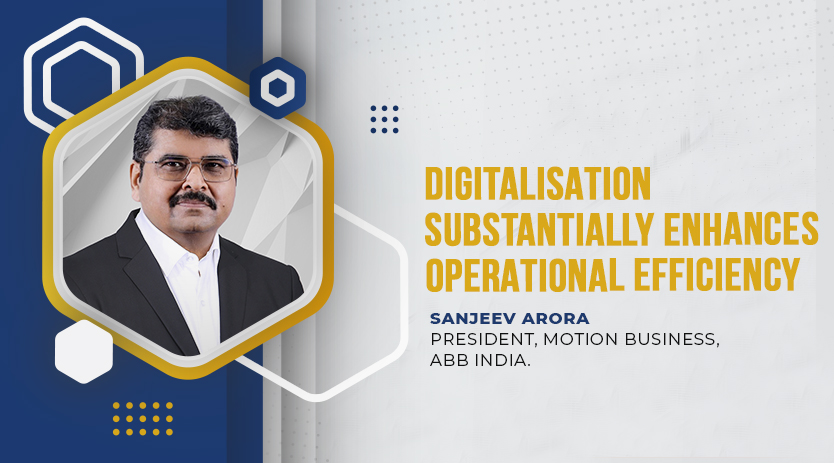IoT sensors are revolutionising inventory management
July 31, 2023 2:20 pm
According to Gaurav Chandakkar, Marketing Manager at Vega India, utilising IoT devices and advanced software for process automation leads to substantial enhancements in manufacturing operations, resulting in improved efficiency and product quality.
What is the role of process automation in enhancing manufacturing processes?
Process automation plays a vital role in elevating manufacturing processes by bringing forth many advantages. The foremost is increased efficiency and enhanced product quality. Automating regular and repetitive tasks diminishes reliance on manual labour, leading to heightened overall efficiency and productivity. As a result, end-product quality improves, ensuring customer satisfaction and loyalty. Other offered benefits include-
Data-driven decision-making: Automation enables the collection of vast amounts of accurate and reliable data, which becomes instrumental in informed decision-making. Analysing this data allows manufacturers to identify inefficiencies and bottlenecks, facilitating the optimisation of production processes for enhanced performance.
Cost savings: Incorporating automation significantly reduces the need for manual labour, streamlining production processes with heightened accuracy and reducing waste or errors. This outcome culminates in comprehensive cost reduction, benefiting the organisation’s bottom line.
Safety improvements: With machines replacing labour in automation, hazardous areas or processes can be better monitored, minimising the risks posed to human life. Automation ensures a safer work environment, safeguarding employees and promoting a positive workplace culture.
Continuous process monitoring and resource optimisation: Manufacturing processes undergo continuous monitoring through automation, enabling precise resource management. This optimisation of resources ultimately boosts productivity levels and contributes to overall efficiency gains in the manufacturing ecosystem.
How can implementing process automation using IoT and advanced technologies enhance efficiency and product quality in manufacturing operations?
Process automation utilising IoT devices and advanced software significantly improves manufacturing functions, enhancing both efficiency and product quality. Integrating IoT devices into manufacturing equipment allows real-time data to be continuously collected, enabling the monitoring of critical process parameters like level, pressure, temperature, and humidity. This continuous monitoring grants better control over the entire manufacturing process, optimising its performance.
Moreover, combining IoT sensor data and advanced analytics allows for predictive maintenance, identifying potential equipment failures before they occur. This proactive approach enables scheduled maintenance activities, mitigating the risk of unexpected downtime at manufacturing facilities and facilitating better production planning.
In addition, IoT sensors play a pivotal role in revolutionising inventory management. These sensors facilitate intelligent inventory planning by providing real-time data on inventory levels, locations, and usage. Manufacturers can avoid stockouts or overstocking, leading to more streamlined and efficient inventory management practices.
How can IoT-based instruments and technologies be harnessed to monitor operations effectively and facilitate preventive maintenance in the manufacturing processes?
IoT devices offer real-time monitoring of crucial process parameters by continuously transmitting data. This data plays a vital role in detecting and controlling any anomalies or deviations that may occur during the processes. For instance, for factory automation, VEGA’s IO-Link sensors, found in products like VEGAPULS, VEGABAR, and VEGAPOINT, effectively monitor levels, point levels, and pressure. These sensors provide process operators with a clear view of the operating status through a 360-degree illuminated ring, which remains easily visible even in broad daylight. This enhanced visibility empowers operators to promptly respond to trigger signs and make real-time adjustments, preventing potential downtime and ensuring efficient operations.
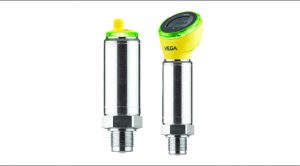
What benefits can businesses in the pharmaceutical and food and beverage industries expect to achieve using IoT?
The pharmaceutical and food & beverages industries must adhere strictly to FDA guidelines to ensure the highest quality standards in their manufacturing processes. Compliance with these regulations is essential to safeguard the integrity of the end products. Within these industries, the instrumentation used must also align with the guidelines to maintain necessary sanitary conditions. For instance, non-contact level measuring instruments are employed to prevent contamination by avoiding direct contact with vessel ingredients. Moreover, field instruments in these sectors are designed for easy cleanability and come with hygienic connections, eliminating the need for physical changes to vessel surfaces and minimising the introduction of foreign objects during ongoing processes.
IoT devices, such as those offered by VEGA, are precious in these industries. These devices can be seamlessly installed with hygienic adapters, carrying the required approvals for worldwide use in the food and pharmaceutical sectors. With continuous data transmission, IoT devices play a vital role in monitoring processes for deviations, ensuring product quality maintenance throughout the manufacturing process.
What challenges do we face while implementing process automation and IoT technologies in operations?
Industries implementing process automation and IoT technologies will likely encounter various challenges. One such obstacle lies in integrating Internet of Things (IoT) devices into pre-existing systems, and infrastructure presents significant challenges, necessitating smooth integration between the new and existing hardware and software components. This process often requires the involvement of in-house or external experts to ensure a seamless transition. VEGA offers a solution to this problem through its user-friendly instruments, designed to be easily set up, configured, and operated with the aid of the VEGA Tools App.
The other challenge is that the utilisation of IoT devices involves the transmission of sensitive data, making data security and privacy crucial concerns from an industry perspective. With the increasing adoption of IoT, the potential threats to data security have grown substantially. To safeguard against unwanted activities and breaches, it becomes imperative for IoT devices to adhere to robust data security guidelines and protocols.
Furthermore, introducing new automation systems in a workplace may necessitate proper training for the existing workforce. Such implementations could also entail changes to established workflows and individual roles. To successfully deploy factory automation, it is essential to have a comprehensive training and support module in place. Regular monitoring of the workforce and implementing change management strategies can be valuable in facilitating the smooth adaptation to the new automation processes.
Cookie Consent
We use cookies to personalize your experience. By continuing to visit this website you agree to our Terms & Conditions, Privacy Policy and Cookie Policy.



